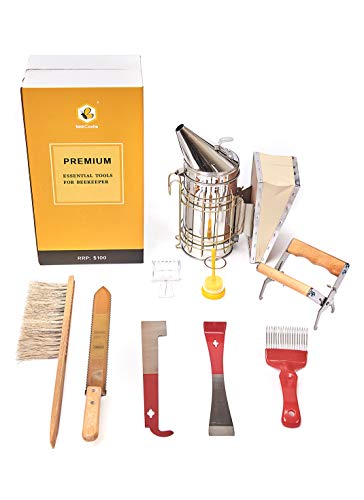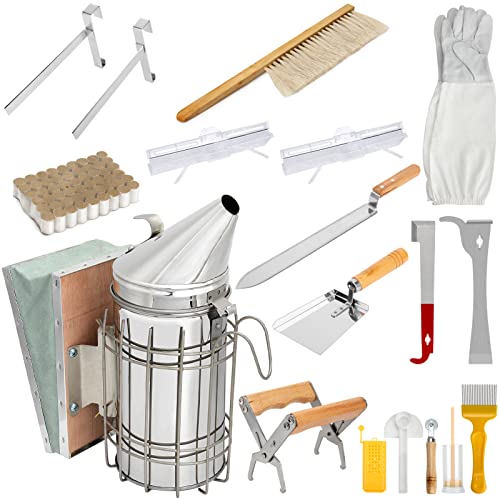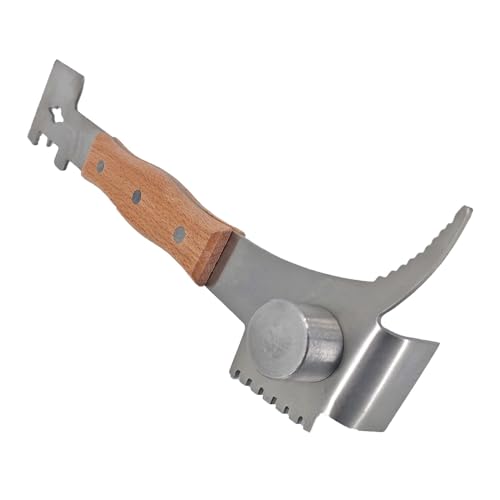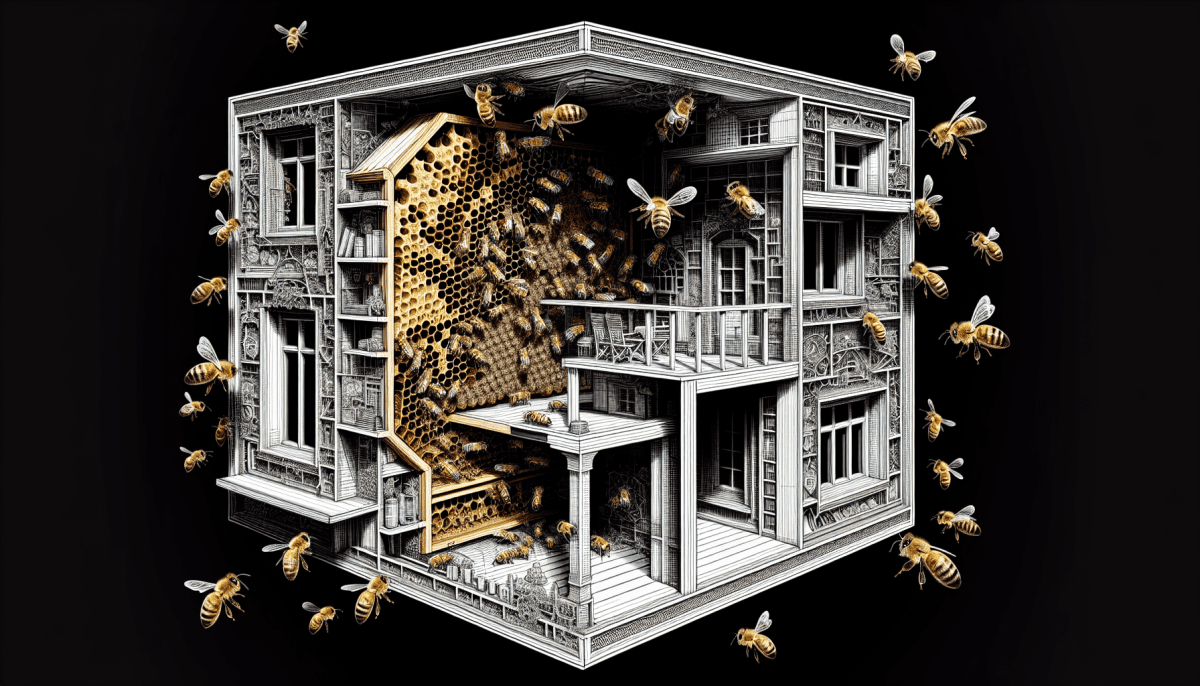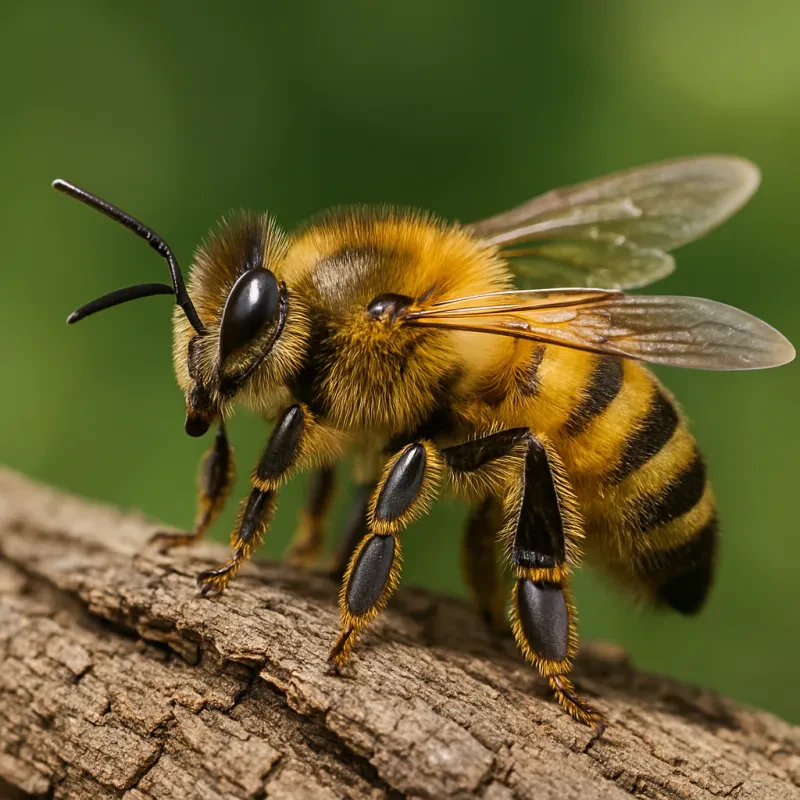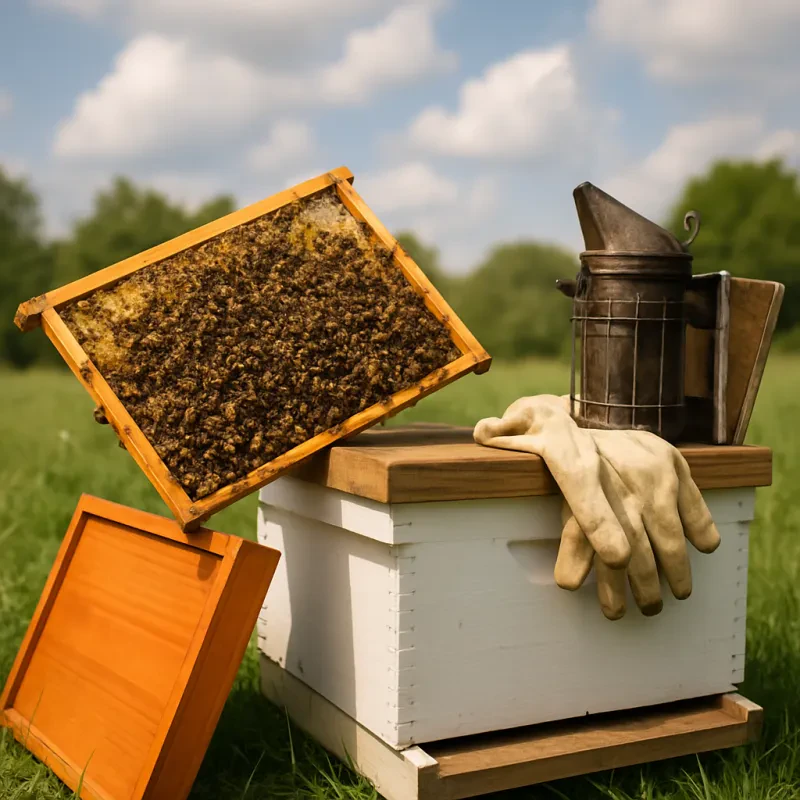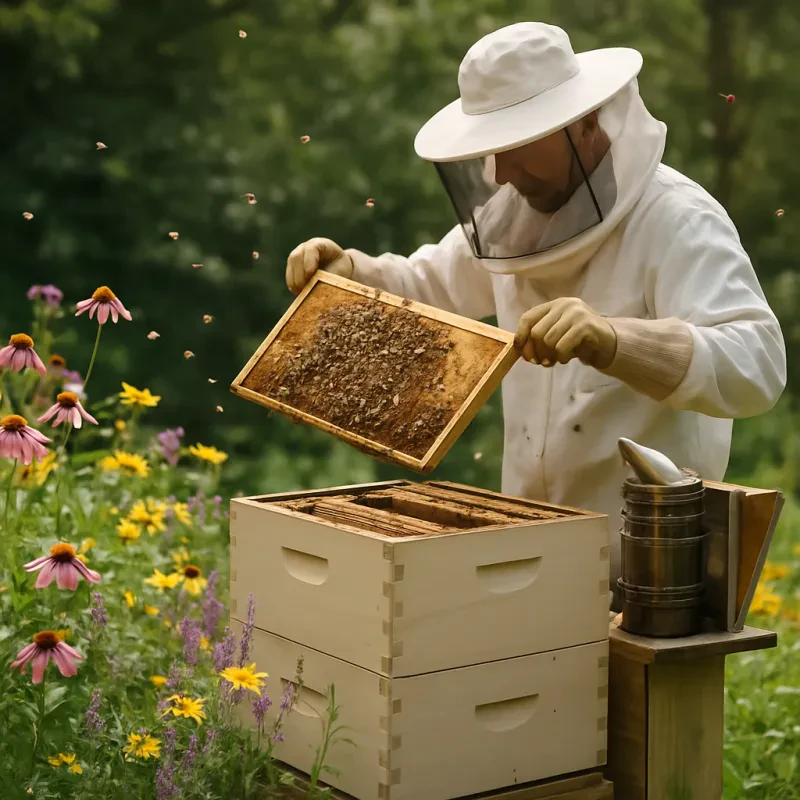How to Handle Honey Bee Hives in House Walls: A Professional Beekeeper’s Guide
Introduction
Discovering a honey bee hive in the walls of your house can be alarming and pose potential risks. As a professional beekeeper, I will guide you through understanding how honey bees build hives in house walls, recognizing signs of hive presence, preventing hive formation, and safely removing existing hives.
Understanding How Honey Bees Build Hives in House Walls
Why Do Honey Bees Choose House Walls?
Honey bees are naturally inclined to seek sheltered, secure places for building their hives. House walls offer:
- Protection from Predators: The enclosed space shields bees from predators.
- Stable Temperature: The walls provide insulation, maintaining a stable temperature for the hive.
- Proximity to Resources: Urban environments often have abundant flowering plants and water sources.
How Honey Bees Build Their Hives
Honey bees begin by scouting for suitable locations. Once they find a cavity in the wall, the following steps occur:
- Scout Bees: A few bees scout potential sites and report back to the swarm.
- Swarm Movement: The entire swarm relocates to the chosen site.
- Comb Construction: Bees start building honeycombs using beeswax secreted from glands on their abdomen. These combs are used to store honey, pollen, and to rear young bees.
Signs of a Honey Bee Hive in Your Walls
Visual Indicators
- Increased Bee Activity: Frequent bee activity around a specific area of your home, especially near vents, cracks, or openings in walls.
- Bees Entering and Exiting: Bees consistently flying in and out of a particular spot in the wall.
Auditory Indicators
- Buzzing Sounds: A constant buzzing or humming sound coming from within the walls, especially noticeable during the day.
Structural Indicators
- Dark Spots on Walls: Honey can seep through walls, creating dark, damp spots.
- Warped Walls: The weight and moisture from the hive can cause walls to warp or bulge.
Preventing Honey Bees from Building Hives in Your Walls
Regular Maintenance
- Seal Cracks and Holes: Regularly inspect and seal any cracks, holes, or gaps in walls, especially near vents and eaves.
- Screen Vents: Ensure that all vents are properly screened to prevent bees from entering.
Landscaping Tips
- Plant Bee-Friendly Flora Away from the House: Encourage bees to stay away from your home by planting their favorite flowers at a distance.
- Remove Water Sources: Fix any leaks and avoid having standing water near your home.
Removing Honey Bee Hives from Walls
Safety First
- Wear Protective Gear: Always wear a beekeeper suit, gloves, and veil to protect yourself from stings.
- Do Not Use Pesticides: Pesticides can be harmful and may not completely eliminate the hive, leading to more problems.
Professional Removal
Hiring a professional beekeeper or pest control specialist is the safest and most effective method. They will:
- Assess the Situation: Determine the size and location of the hive.
- Carefully Remove Bees: Use specialized equipment to safely remove the bees without harming them.
- Extract the Hive: Remove the honeycomb, honey, and any remaining beeswax to prevent future infestations.
- Repair and Seal: Fix any structural damage and seal entry points to prevent bees from returning.
DIY Removal (Not Recommended)
If professional help is unavailable, follow these steps carefully:
- Identify Entry Point: Locate where bees are entering and exiting.
- Smoke Out Bees: Use a bee smoker to calm the bees and encourage them to leave the hive.
- Open the Wall: Carefully remove the wall section where the hive is located.
- Remove Hive: Gently remove the comb, honey, and bees.
- Clean and Repair: Thoroughly clean the area and repair the wall, ensuring all entry points are sealed.
Preventing and addressing honey bee hives in house walls is crucial for maintaining your home's structural integrity and safety. Regular inspections, proper maintenance, and professional removal are key to managing this issue effectively. If you suspect a hive in your walls, don't hesitate to seek professional assistance to handle the situation safely and humanely.
